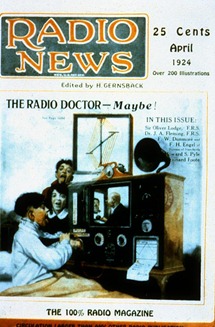Annual Review of Pharmacology and Toxicology (2012 Feb 10;52:275-301. Epub 2011 Sep 19) – No big surprise here, but check out the graphs (posted below), especially the second one where you can see the effect poor compliance/adherence has on therapeutic concentration. Crazy.
Abstract
Satisfactory adherence to aptly prescribed medications is essential for good outcomes of patient care and reliable evaluation of competing modes of drug treatment. The measure of satisfactory adherence is a dosing history that includes timely initiation of dosing plus punctual and persistent execution of the dosing regimen throughout the specified duration of treatment. Standardized terminology for initiation, execution, and persistence of drug dosing is essential for clarity of communication and scientific progress. Electronic methods for compiling drug dosing histories are now the recognized standard for quantifying adherence, the parameters of which support model-based, continuous projections of drug actions and concentrations in plasma that are confirmable by intermittent, direct measurements at single time points. The frequency of inadequate adherence is usually underestimated by pre-electronic methods and thus is clinically unrecognized as a frequent cause of failed treatment or underestimated effectiveness. Intermittent lapses in dosing are potential sources of toxicity through hazardous rebound effects or recurrent first-dose effects.

 Did you know there was a Generic Pharmaceutical Association (GPhA)? Well, if you did you’re a step ahead of me because I’d never heard of them until today. According to the
Did you know there was a Generic Pharmaceutical Association (GPhA)? Well, if you did you’re a step ahead of me because I’d never heard of them until today. According to the 